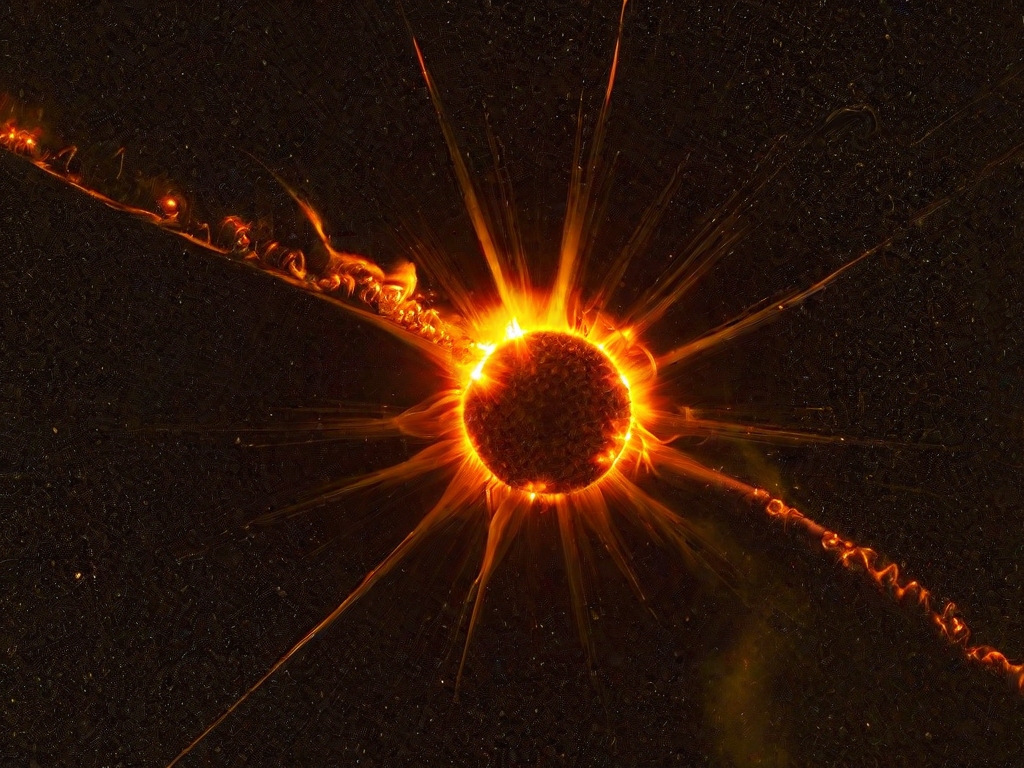Based to the NOAA's Aerospace Weather Prediction Centre (SWPC), the sun will reach the top of its present activity cycle in the year 2024, one year earlier than before forecasts indicated.
The updated forecasting now sets Solar The cycle 25's apex of activity, known as the "solar maximum," around January and October the year 2024, according to a NOAA statement. The peak will occur sooner, be more intense, and stay longer than predicted in 2019.
Sunspots are a visual indicator of the magnetic field driving the sun's surface activity, and this activity lasts for around 11 years, or the solar cycle.
The ideal period to observe the northern lights during this solar cycle is in the next four to five years.
To determine when the sun will be at its most active, scientists use models of the solar dynamo, the movement of hot, ionised gases inside the sun that generates its magnetic field and drives the solar cycle, as well as long-term historical data of sunspot counts.
"We expect that our new experimental forecast will be much more accurate than the 2019 panel prediction, and, unlike previous solar cycle predictions, it will be continuously updated on a monthly basis as new sunspot observations become available," Mark Miesch, a solar scientist, said in the NOAA "It's a pretty significant change."
Total solar eclipse on April 8, 2024, will be approaching solar maximum, according to the latest estimate. It is possible to see the sun's outer atmosphere (the corona) during totality, when the moon fully covers the sun's disc. When solar activity is high, the corona is also active, and solar prominences (huge loops of plasma extending from the sun, seen as brilliant pink spots at the sun's edges) may be visible to keen observers.
A reliable solar activity forecast is essential because geomagnetic storms caused by coronal mass ejections, which are explosions of plasma, may disrupt power grids, GPS signals, pull satellites out of orbit, and pose a radiation danger to airline workers and astronauts. Advanced notice of space weather events may help enterprises adopt protective practises to decrease the danger to both their equipment and personnel.
"We cannot disregard space and the environment, but we can take suitable steps to protect ourselves," stated NASA.
Of course, we have our own built-in defences in the form of the Earth's magnetic field.
There are times when Earth is directly in the path of the sun's energetic particles and magnetic fields when solar phenomena like solar flares and coronal mass ejections occur.
When this occurs, our protective magnetic "bubble," known as the magnetosphere, repels hazardous energy away from Earth and stores it in zones called the Van Allen radiation belts. When solar activity rises, these donut-shaped radiation bands might expand.
However, the defences we have in place are not foolproof.
Geomagnetic storms may breach the magnetosphere and cause extensive radio and power outages, threatening astronauts and satellites in Earth orbit, and are more prevalent during solar maximum when the sun's magnetic field is most easily affected. As one example, NASA reports that in 1989 a CME followed a solar flare and caused a 12-hour blackout throughout the whole Canadian province of Quebec.
However, not all disturbances to the magnetosphere are negative; auroras, for example, are a spectacular result of a certain kind of interference. Collisions between energetic particles redirected towards Earth's poles and oxygen and nitrogen atoms in Earth's atmosphere cause the phenomenon known as the northern lights (aurora borealis) in the northern part of the globe and the southern lights (aurora australis) in the Southern Hemisphere.
How and why do Auroras change colour? is a related question.
Because of the possible influence of solar activity on our modern world, early warning and precise projections are essential for limiting the extent of any harm and, of course, providing aurora chasers with the knowledge they need to record breathtaking displays.
